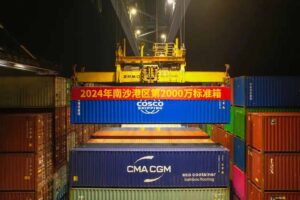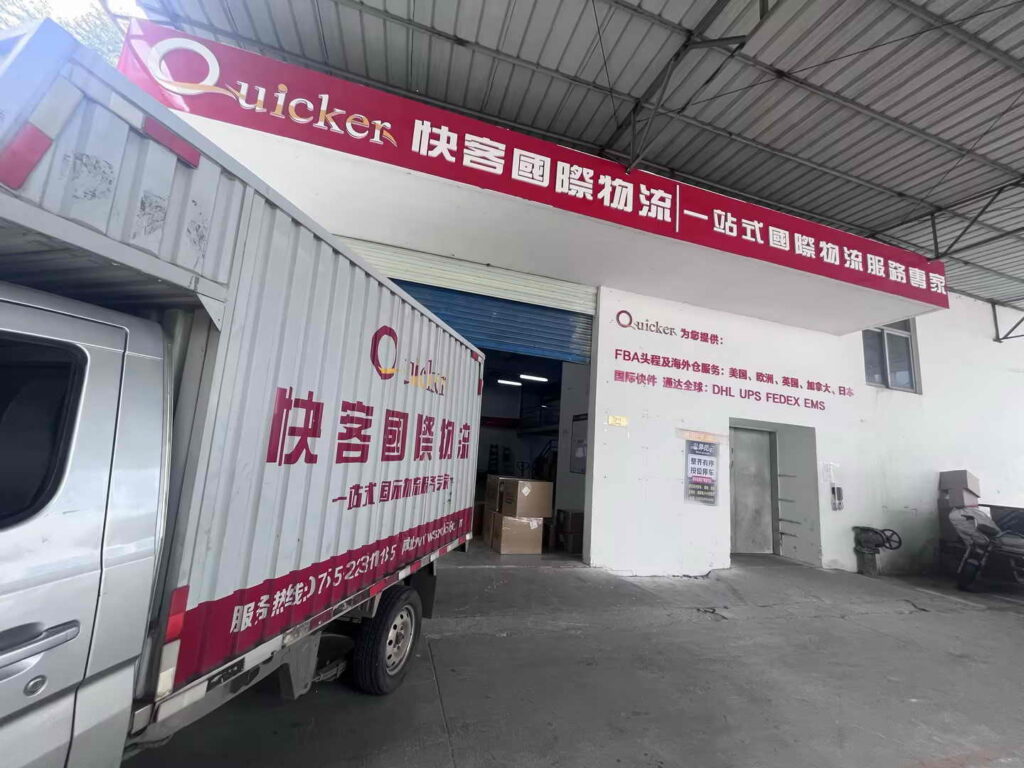In December, topics like “cherry price drops” and “achieving cherry freedom” have repeatedly trended on social media. Reports from various outlets indicate that cherry prices have significantly fallen in regions across South and East China.

The reason? An influx of cherries into the domestic market.
While Chile’s record-breaking cherry harvest is a major factor, few people realize that this wave of “cherry freedom” is also closely tied to the efforts of Guangzhou’s Nansha district.
Earlier this month, the Clifford Maersk, the first direct shipping vessel carrying Chilean cherries to China this season, docked at the Nansha Phase II terminal. Over the years, Nansha Port has grown into one of the largest cherry import hubs in the country.
But how exactly has Nansha managed to transport and store such massive volumes of cherries, and how has it helped drive prices down?
1. Building a High-Efficiency Cherry Supply Chain
On the morning of December 27, the roads leading to Nansha Port were buzzing with activity. Trucks carrying goods to and from the port crisscrossed the area, delivering products to nearby cities after unloading imported goods from the port.
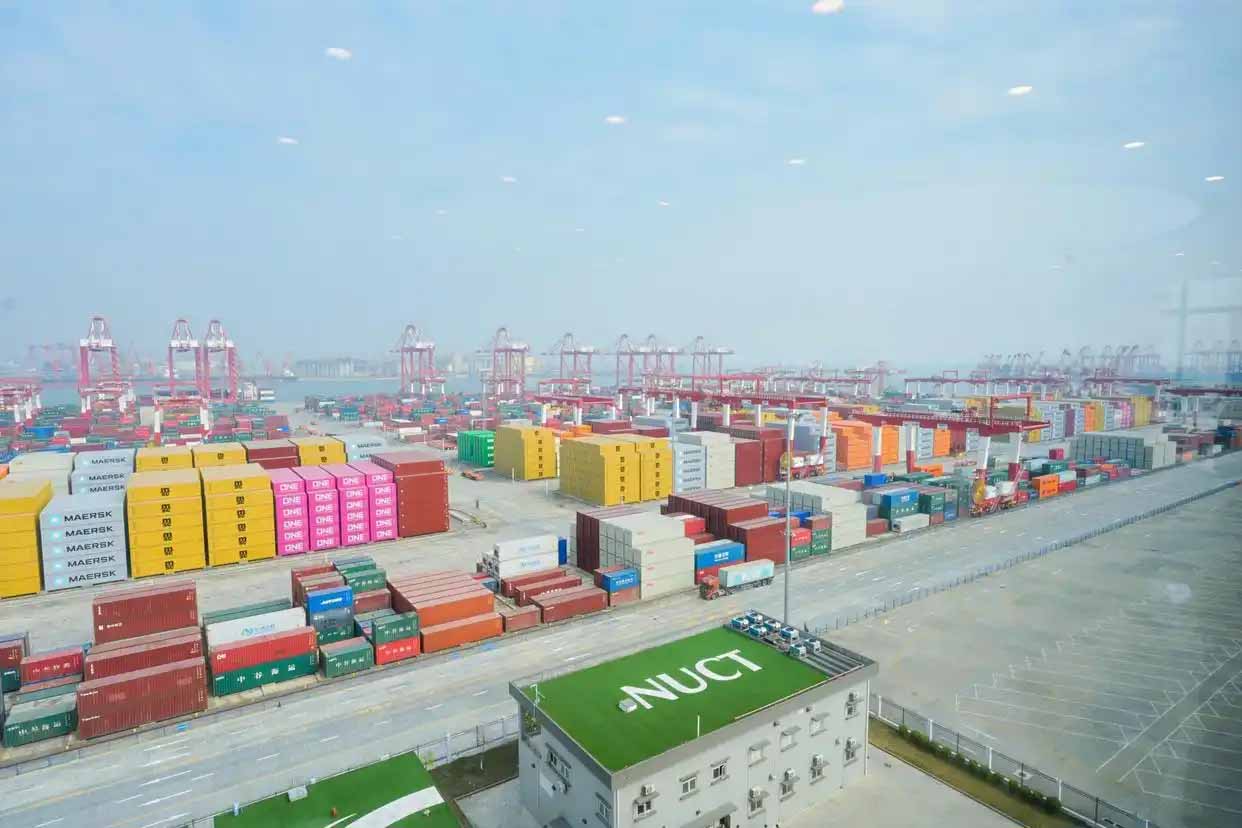
That same morning, a refrigerated cargo vessel from Chile was unloading its shipment of cherries at the Nansha terminal. After being inspected by customs, the cherries were directly loaded onto waiting trucks and transported to markets across the region.
Nansha has been refining its logistics for Chilean cherries for years. Since 2019, Guangzhou Port has focused on developing specialized shipping routes to South America, creating dedicated “fruit express” lines.
Over the past five years, Nansha has established 46 cherry-specific shipping routes, significantly enhancing its transportation capacity. Between 2019 and 2023, the port handled a cumulative 300,000 tons of cherries.
This year, Nansha Port is expected to handle about one-third of all Chilean cherries imported into China, according to Cui Yanwei, Business Director of Guangzhou Nansha International Cold Chain Co.
Speed is another key factor that makes Nansha the preferred port for cherry imports.
“Our distribution system is now very well-established. From unloading at Nansha Port to reaching Jiangnan Market and finally consumers, the entire process can take less than two hours if everything moves quickly,” said Cui.
Beyond local distribution in Guangzhou, cherries can be transported to other cities within 24 hours via expressways. For cherries that don’t require immediate distribution, they are stored in cold storage facilities at the Nansha International Logistics Center.
Currently, Nansha has three large cold storage units, with plans to expand to six in the future. Once completed, the total storage capacity will reach 460,000 tons, making Nansha the largest international cold chain logistics hub in South China.
In addition to cherries and other fruits like durians, these “super refrigerators” also store frozen meat and seafood, further diversifying the port’s cold chain capabilities.

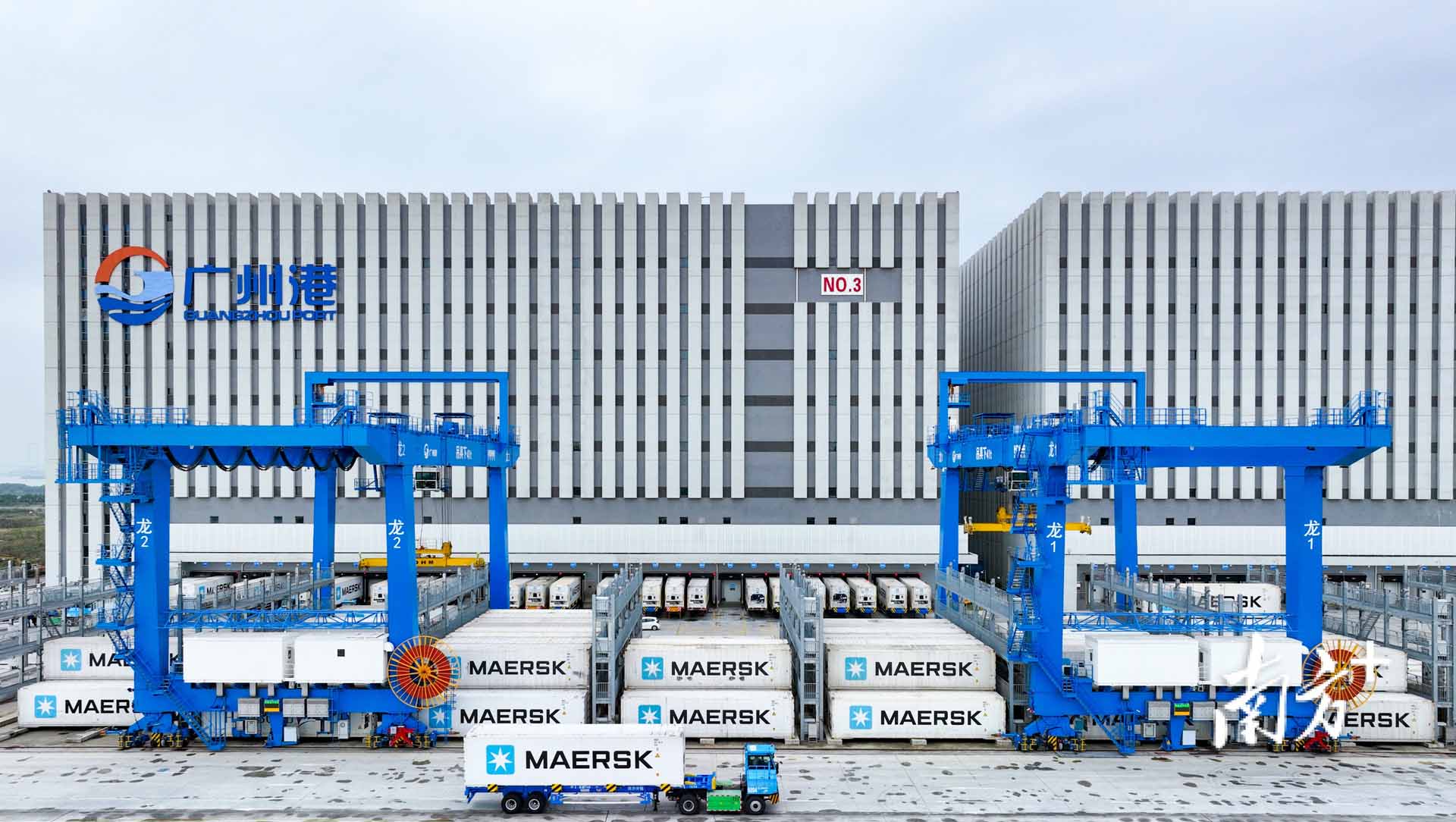
2. Leveraging Cold Chain and Rail Infrastructure
Nansha’s cold storage facilities are not just for warehousing.
“Guangzhou Nansha International Cold Chain Co. is building a ‘one platform, three centers’ model around these cold storage units, offering services like bonded transportation, agency services, and pledge supervision,” explained Cui.
Located near the cold storage facilities is Nansha Port South Station, which connects the port to China’s national railway network. This allows products destined for distant regions to be transported directly by rail from the port.
Currently, nearly half of Guangzhou Port’s sea-rail combined cargo volume is handled through Nansha Port South Station. Over the past two years, the port’s sea-rail combined transport volume has grown by double digits annually.
On December 20, Nansha Port achieved a historic milestone: its annual container throughput surpassed 20 million TEUs (twenty-foot equivalent units), making it only the second single port area in China to reach this figure after Shanghai’s Yangshan Port. Of this, foreign trade container throughput exceeded 10 million TEUs for the first time, accounting for 50% of the total.
According to Xie Xiaohui, Vice Chairman of the Nansha District Political Consultative Conference and Director of the District Commerce Bureau, Nansha’s robust transportation capacity has become a key driver of industrial development in Guangzhou and the Greater Bay Area.
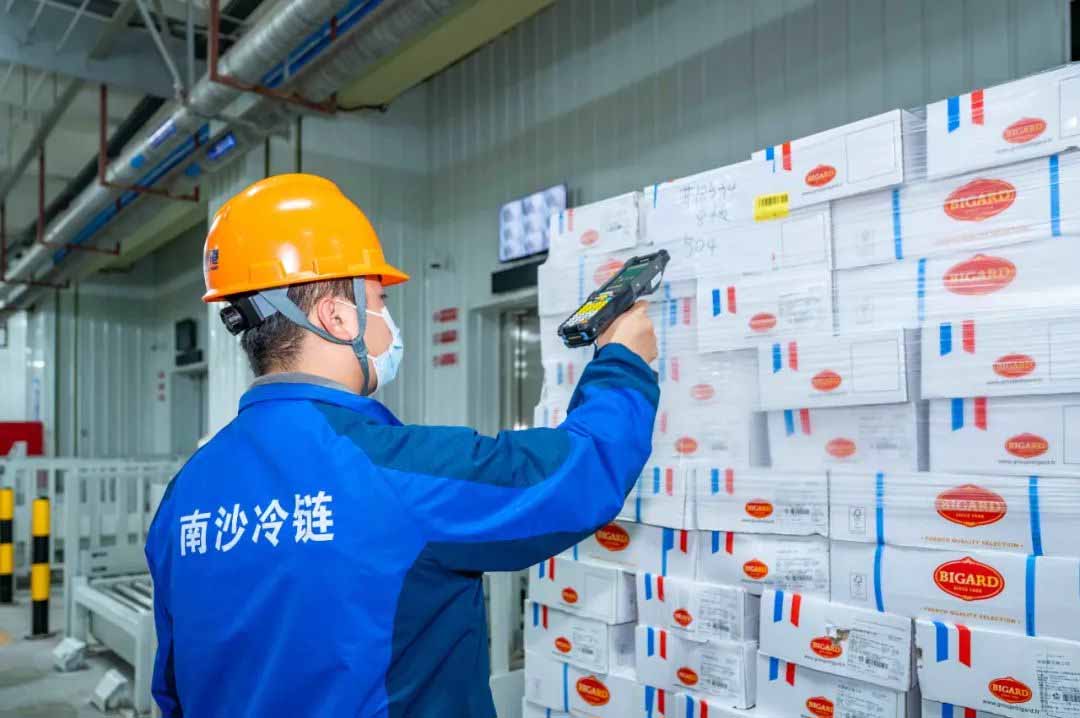
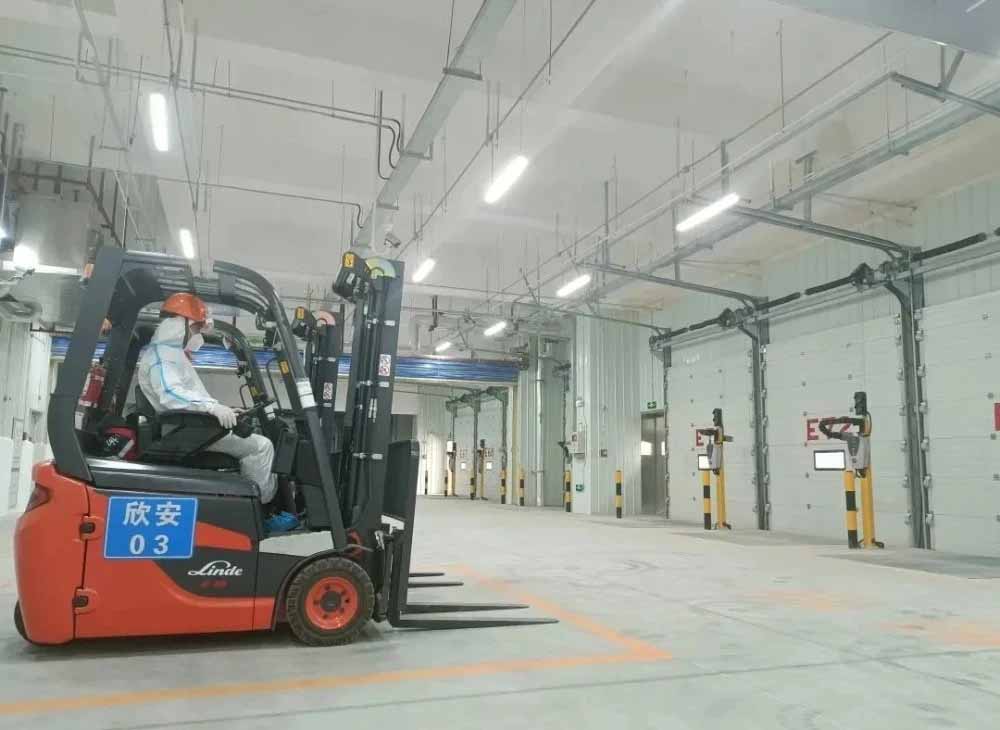
In June 2022, the State Council released the Overall Plan for Deepening Comprehensive Cooperation among Guangdong, Hong Kong, and Macao in Guangzhou’s Nansha District, which designated Nansha as a strategic platform to “serve the Greater Bay Area, collaborate with Hong Kong and Macao, and connect with the world.”
Xie explained that one of Nansha Port’s future goals is to enhance resource integration and complementarity among Guangdong, Hong Kong, and Macao.
“Hong Kong’s shipping industry is shifting towards higher-end services like financial and legal support for shipping. In future collaborations, Nansha can rely on Hong Kong for these services while focusing on logistics operations and even shipbuilding locally,” Xie said.
“Only by working together can the Greater Bay Area achieve better development, ensuring resources are integrated rather than competing against each other,” he added.
How Nansha Helped Drive Cherry Prices Down
Nansha’s ability to handle massive volumes of cherries quickly and efficiently has played a significant role in bringing prices down. Here’s how:
Direct Shipping Routes:
The establishment of 46 dedicated “cherry express” shipping lines has significantly increased the supply of cherries to China. Direct routes from Chile to Nansha reduce transit times and costs, ensuring that cherries arrive fresher and more affordably.
Streamlined Logistics:
Nansha’s “ship-to-truck” model minimizes delays. Cherries are unloaded, inspected, and transported to markets in record time, with some reaching consumers’ tables within two hours. This efficiency reduces spoilage and logistical costs, contributing to lower prices.
Cold Chain Infrastructure:
The port’s advanced cold storage facilities ensure that cherries remain fresh during peak import seasons. With plans to expand storage capacity to 460,000 tons, Nansha is well-equipped to handle even larger volumes in the future.
Sea-Rail Integration:
By connecting the port to the national railway network, Nansha can distribute cherries to distant markets more efficiently. This reduces transportation costs and ensures a steady supply across the country.
Economies of Scale:
As the largest cherry import hub in China, Nansha benefits from economies of scale, enabling it to offer competitive pricing to importers.
By combining these factors, Nansha has not only supported the massive influx of cherries into China but also helped make them more affordable for consumers.
A Gateway to the World
Since launching its first “cherry express” route in 2019, Nansha has become a model for efficient port operations and international trade. Its strategic location in the Greater Bay Area, coupled with its advanced logistics infrastructure, has turned it into a key gateway for global imports.
The cherry is more than just a fruit—it’s a symbol of Nansha’s growing influence in global trade and China’s commitment to openness. Through innovation and collaboration, Nansha is not only connecting China to the world but also bringing the world closer to China.





